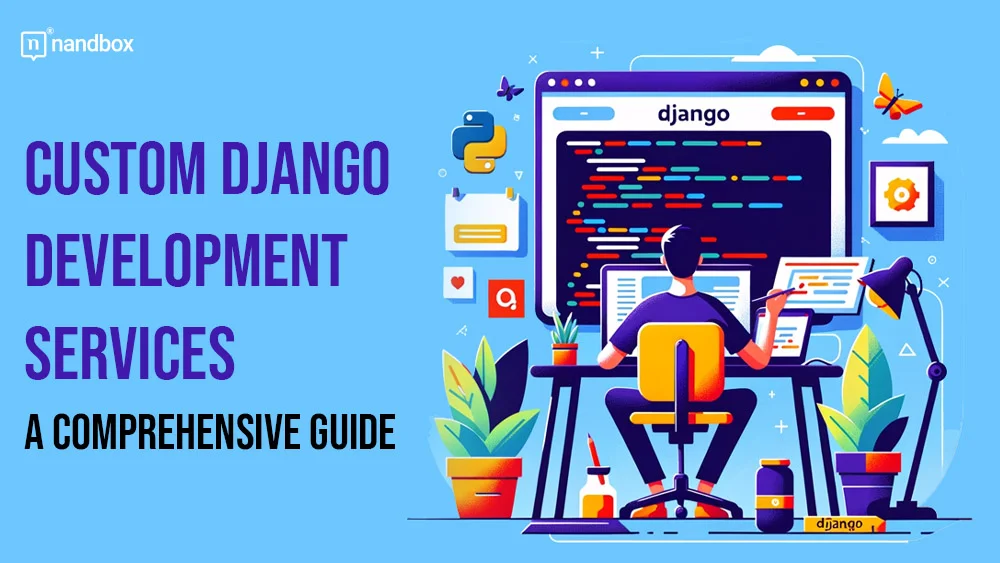Click Info Track: Your Daily Dose of Insights
Stay updated with the latest trends and information across various topics.
Django Drama: The Highs and Lows of Web Development
Explore the thrilling ups and downs of web development with Django! Uncover challenges, triumphs, and insider tips for success!
Understanding Django's MVT Architecture: A Beginner's Guide
Django's MVT architecture stands for Model-View-Template, and it is a crucial framework pattern that underpins how Django operates. Understanding this architecture is essential for beginners looking to build robust web applications. The Model represents the data structure and handles the database interactions. It defines the fields and behaviors of the data you’re storing. The View acts as a bridge between the Model and the user interface; it processes the requests from the user, retrieves the necessary data from the Model, and returns the appropriate response. Finally, the Template is responsible for presenting the data to the user, employing HTML, CSS, and Django template language to create a dynamic user interface.
One of the key advantages of Django's MVT architecture is its separation of concerns, which simplifies the development process. By clearly defining the roles of Models, Views, and Templates, developers can work on different components without interfering with each other’s work. This not only makes the codebase more manageable but also enhances collaboration among team members. For beginners, diving into Django's MVT pattern can feel overwhelming, but once you grasp the interactions between these components, you will be well on your way to building efficient and scalable web applications.

Common Django Pitfalls: How to Navigate the Ups and Downs of Web Development
Django, while a powerful framework, presents several common pitfalls that developers might encounter during their web development journey. One significant pitfall is overusing the ORM (Object-Relational Mapping) feature. While Django's ORM provides a convenient way to interact with databases, it can lead to inefficient queries if not used judiciously. Developers should be mindful of using select_related and prefetch_related to optimize database access and avoid the dreaded N+1 query problem, which can drastically slow down application performance.
Another common issue is the mismanagement of migrations. As projects evolve, handling migrations properly is crucial to maintain a stable and functional database schema. It's essential to regularly run python manage.py makemigrations and python manage.py migrate to keep up with model changes. Developers should also learn to read and understand migration files, as this knowledge can prevent accidental data loss or corruption caused by poorly executed migrations. By navigating these pitfalls with care, developers can build more robust Django applications.
Django vs. Other Frameworks: What Makes It a Striking Choice for Web Developers?
When it comes to choosing a web development framework, Django stands out for its rich feature set and strong community support. One of the primary advantages of Django is its rapid development capabilities, allowing developers to create complex applications much faster than many other frameworks. Its built-in admin panel, along with a comprehensive set of tools and libraries, makes it a preferred choice for developers who want to focus on building functionalities rather than dealing with extensive configuration. Furthermore, Django follows the Don't Repeat Yourself (DRY) principle and encourages clean, maintainable code.
In comparison to other frameworks like Flask and Ruby on Rails, Django offers a more robust architecture suitable for **large-scale applications**. It comes with a variety of components out of the box, such as an ORM, authentication, and URL routing, which can be tedious to integrate in lightweight frameworks. Additionally, the security features in Django, such as built-in protection against XSS, CSRF, and SQL injection, make it a clear choice for developers concerned about safeguarding their applications. Overall, the combination of speed, security, and scalability makes Django a striking choice for web developers navigating the challenging landscape of modern web development.